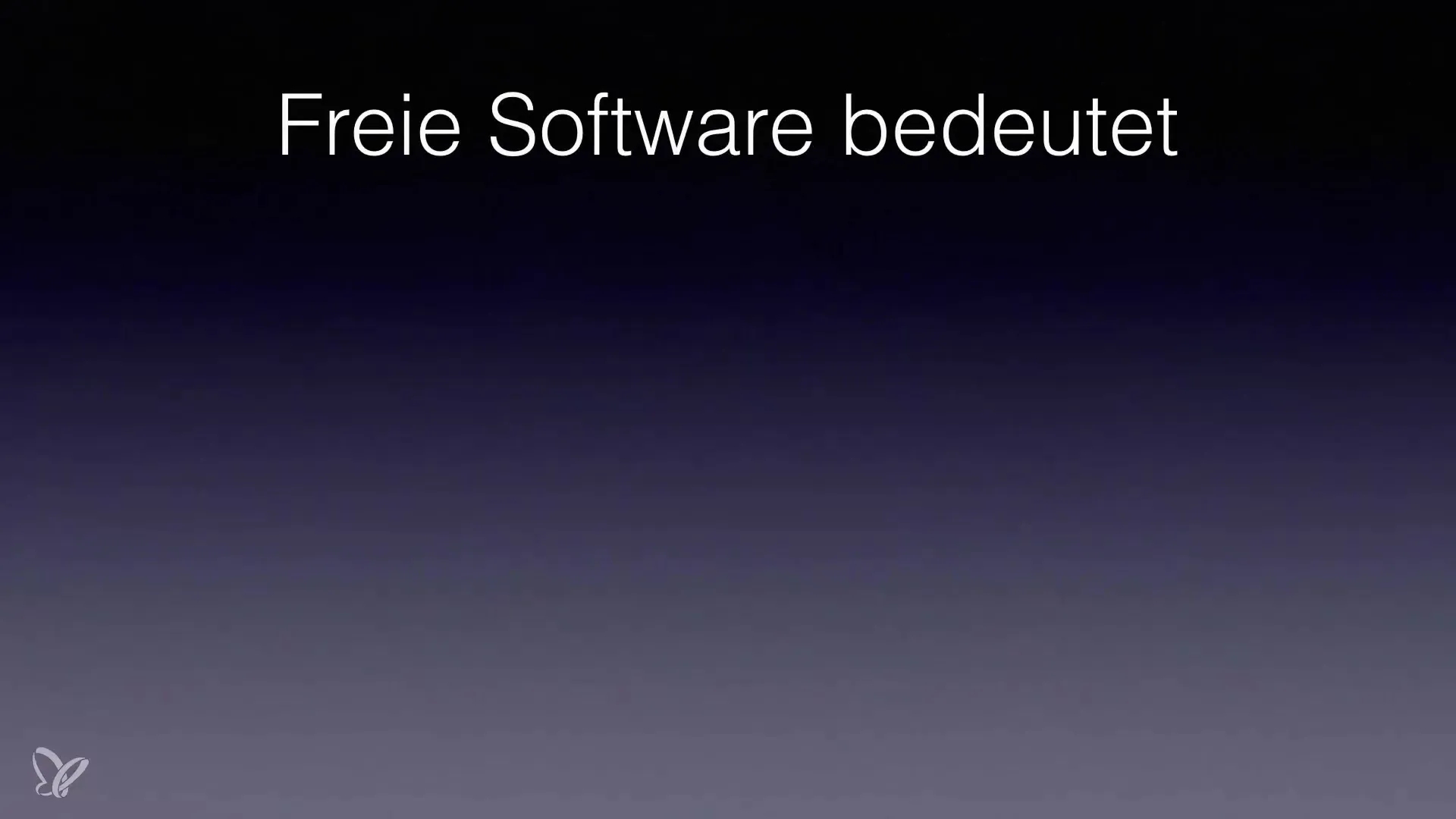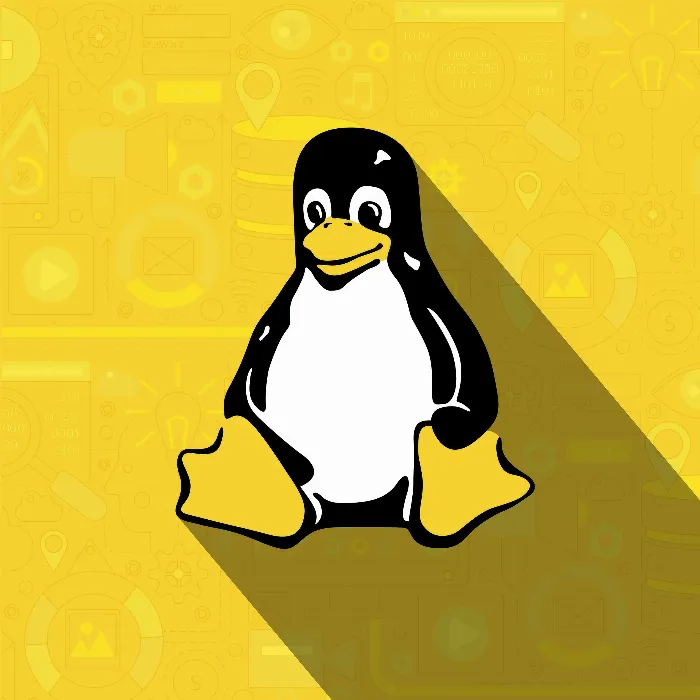Imagine you have the freedom to use and even modify any software according to your wishes. In this guide, you will learn what free and open-source software means and how it can revolutionize your relationship with software. These concepts are at the heart of many Linux distributions and offer you numerous advantages that you should not miss.
Key Insights
- Free software means that programs can be used for any purpose.
- Open-source software allows you to modify the code without paying license fees.
- You have the option to tailor and enhance software to your needs.
Step-by-Step Guide
Step 1: Understand what free software is
Free software is a concept that revolves around the user's freedom. When you use a program as free software, it means that you can use it for any chosen purpose. You can customize it to meet your needs. This freedom is fundamental to giving you control over the technology you use.

Step 2: The freedom to customize
One of the most important aspects of free software is the ability to understand and change the code. Programmers and advanced users can make customizations to tailor the software to their specific requirements. This can mean changing the background or adding new features. These customization options make software not only more functional but also more user-friendly.
Step 3: The role of the source code
Open-source software is equally important. It means that you can view and modify the code of a program. This way, there are no license fees when you make adjustments. Imagine having to pay money every time you use a program like Internet Explorer or Chrome. Without open-source software, the opportunities for individual use would be greatly limited.
Step 4: Customizations for different languages
Another essential feature is the ability to adapt the language of the user interface. Open-source software allows you to change programs to your preferred language without relying on the manufacturer. This is especially important to enable users from minorities, such as disabled individuals, to participate in software usage. Everyone should have the chance to customize programs according to their needs.
Step 5: The community and exchange
The idea behind free and open-source software is also the spirit of a large, dedicated community. Developers and users work together to improve software, develop new features, and provide support. This collaboration has led to the emergence of systems like Linux, which are supported by various users around the world.
Step 6: Practical examples
A practical example of this philosophy is Xcode from Apple, which now also includes open-source elements. With this software, you can write applications not just for macOS but also for Linux and Windows. This shows the positive impact that open-source software has on overall software development.
Summary – Understanding Free and Open-Source Software
In this guide, you learned that free software gives you the freedom to use and customize programs. Open-source software allows you to modify the code without having to pay license fees. These are not only advantages for developers but also for anyone who wants to use software efficiently and according to their needs.
Frequently Asked Questions
How is free software defined?Free software is designed to give every user the freedom to use and customize.
What are the advantages of open-source software?Open-source software allows changes to the code without additional costs or fees.
How can I customize software?By accessing the source code, you can make your own customizations and improvements.
What is the difference between free and open-source software?Free software focuses on user freedom, while open-source software emphasizes access to the source code.
How important is the community in free software?The community is crucial as it contributes to the development, improvement, and support of the software.


